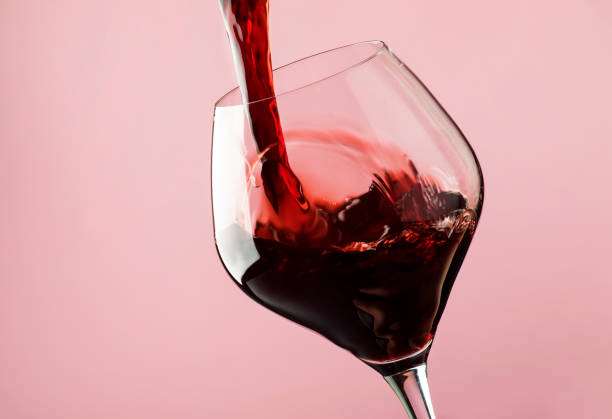Wine, often romanticized as the elixir of sophistication and pleasure, has a long and storied history. From the vineyards of France to the rolling hills of Tuscany, the world of wine has been associated with elegance, celebration, and friendliness. However, beyond the clinking glasses and swirling aromas lies a shadowy underbelly – a world where crime and intrigue intertwine with the vines. This is the darker side of wine, a realm where deceit, forgery, and theft stain the grapes and taint the vintage.
The Art of Wine Forgery:
One of the most sinister aspects of the wine world is the art of forgery. With rare and vintage bottles fetching astronomical prices at auctions, the temptation for fraudsters is irresistible. From meticulously crafting fake labels to blending cheaper wines and passing them off as prestigious vintages, the world of wine forgery is a thriving criminal enterprise.
The notorious case of Rudy Kurniawan, a mastermind behind one of the most extensive wine frauds in history, shocked the wine community. Kurniawan created counterfeit bottles of rare and sought-after wines, duping collectors and auction houses alike. The sophistication of his operation highlighted the vulnerabilities within the industry, leading to increased scrutiny and measures to combat forgery.
Vineyard Heists:
While Hollywood may romanticize heists involving high-stakes jewels and precious artifacts, the wine industry has its share of daring thefts. Vineyard heists, where thieves target valuable grape varietals or entire crops, have become more prevalent. Grapes stolen before harvest can result in significant financial losses for vineyard owners and, in some cases, impact the overall quality of the wine produced.
In some instances, entire vineyards have been uprooted and stolen, leaving winemakers grappling with the aftermath. The lure of quick profits from selling stolen grapes to unsuspecting wineries has driven a surge in this unique form of agricultural crime.
Organized Crime in the Wine Trade:
Beyond individual acts of forgery and theft, organized crime has also infiltrated the wine trade. Criminal organizations exploit the global nature of the industry, using it as a cover for money laundering and smuggling. Illicit networks engage in trafficking counterfeit wines, evading taxes, and manipulating the supply chain to distribute contraband.
The wine trade’s complexity, with its myriad regulations and international transactions, provides a convenient facade for criminal enterprises. Law enforcement agencies worldwide have been challenged to keep pace with these criminal networks, which operate with a level of sophistication that requires a coordinated, multi-agency approach.
The world of wine, with its allure of sophistication and culture, hides a darker side that often goes unnoticed. From the meticulous art of forgery to daring vineyard heists and the infiltration of organized crime, the wine industry is not immune to the undercurrents of criminal activity. As consumers and enthusiasts continue to savor the complexities of a fine vintage, it is essential to recognize and address the challenges that threaten the integrity of the world’s most celebrated beverage. Only through vigilance, regulation, and a collective commitment to authenticity can the wine industry protect itself from the shadows that threaten its very essence.




